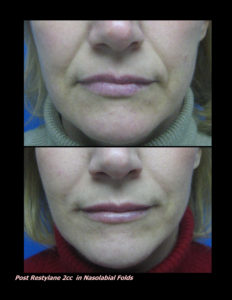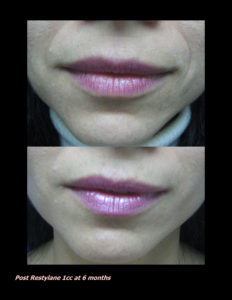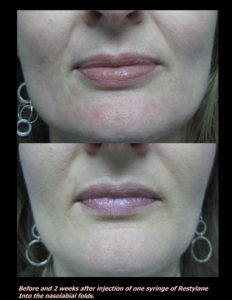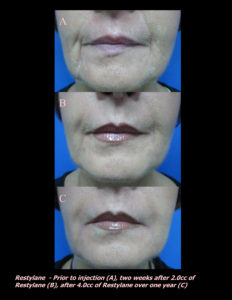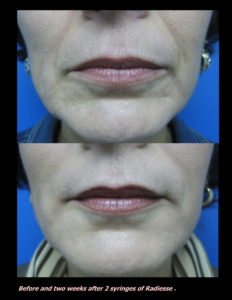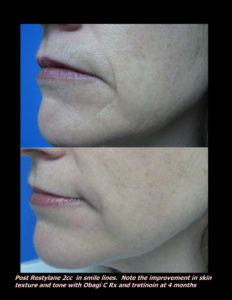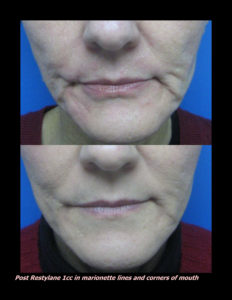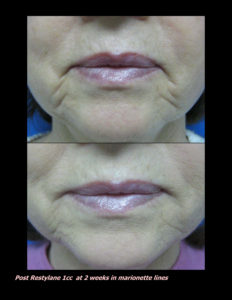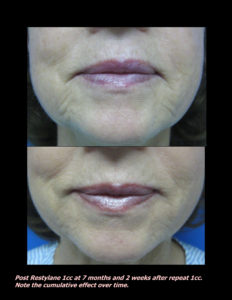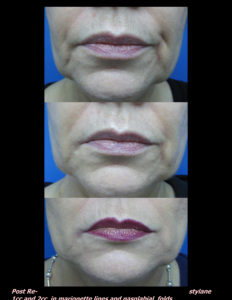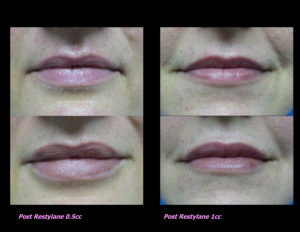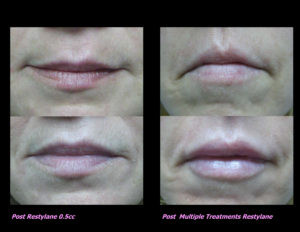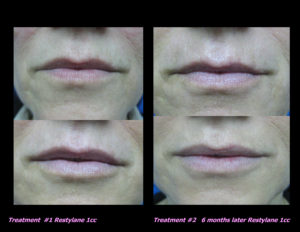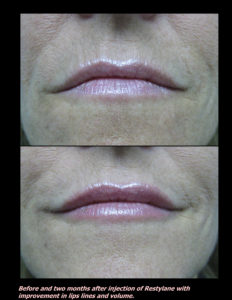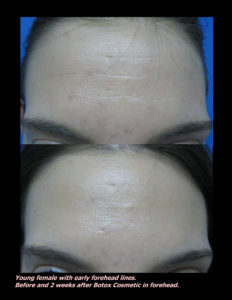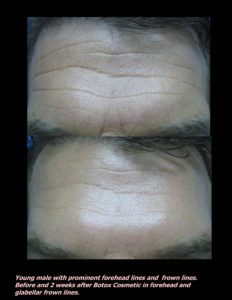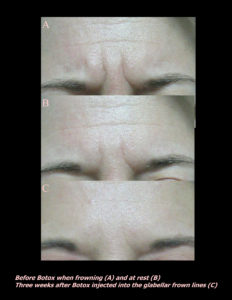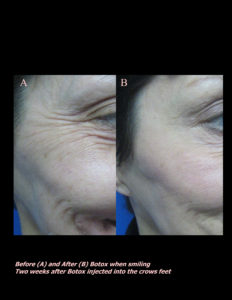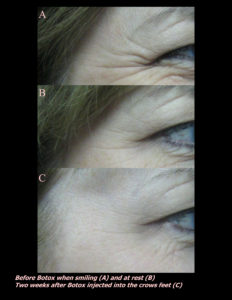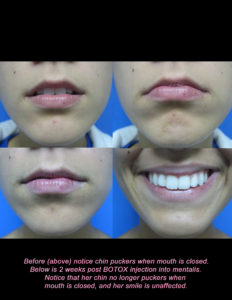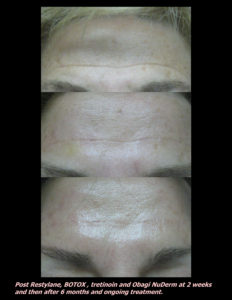Atopic dermatitis is a common condition of the skin most often first seen in childhood. It can persist into adults, but many kids “grow out of it” in their teen years. Atopic dermatitis is not something that we “catch” and it is not something that we “cure”. It is most characterized by rough, red itching skin.
There are a number of characteristics and criteria for atopic dermatitis. There is no single defining symptom or lab test, but a constellation of symptoms – including redness, itching, rough skin patches. The full list of criteria from the American Academy of Dermatology is seen in Box 1 below. Many doctors and patients use the term “eczema” and “atopic dermatitis” interchangeably. However, the term atopic dermatitis is used to diagnosis a more specific disease as outlined below. There are some newer studies looking at tape stripping biopsies of the skin to look for genetic variations in the skin of patients with atopic dermatitis. To learn more about tape stripping biopsies, read our prior article.
Dermatologists often look for patterns on the skin. Atopic dermatitis tends to occur most on the creases of the skin especially the backs of the knees. In contrast, psoriasis tends to occur more on the kneecap. Of course, there is an exception to every rule.
In addition to persistent red itchy rash, patients with atopic dermatitis also often demonstrate what has been called the “atopic triad” – Eczema, allergic rhinitis and asthma. Although this triad seems to often run together, not all patients with atopic dermatitis have the other features.
One of the most characteristic factors of eczema or atopic dermatitis is ITCHING. Unfortunately, the more a patient scratches, the more it itches. So, here’s one of my first tips for Atopic Dermatitis. I love the Cerave Itch Relief Cream and Lotion. This product both nourishes the skin barrier, plus it contains pramoxine that numbs the itch sensation.
The number one risk factor for atopic dermatitis is having a family history of atopic dermatitis. Alterations in a gene called filaggrin (FLG) also seems to play a role. Newer medications target inflammation in the skin associated with atopic dermatitis.
This is part 1 of a 5 part article that we will publish this spring. Future articles will discuss bathing tips for atopic dermatitis, topical treatments for atopic dermatitis, newer medications for atopic dermatitis and comorbidities of atopic dermatitis. If you know someone who suffers with atopic dermatitis, please forward this series to them.

—————–
If you know someone who may find this article helpful, please share it with them! Follow us on social media this week, and subscribe to our growing YouTube channel! If you would like to receive these posts in your email inbox, Subscribe to our Site.

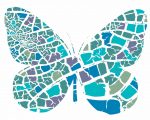








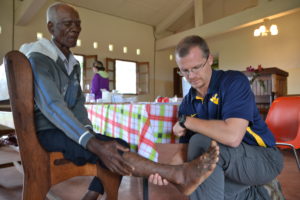


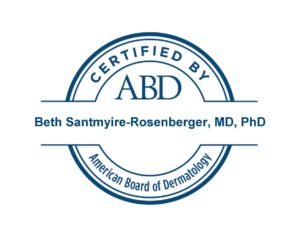

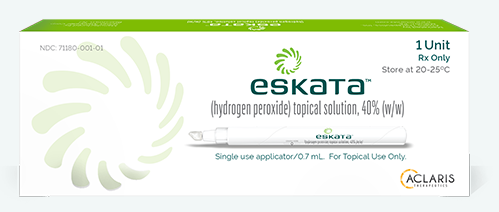

 Laser Vein Reduction Treatments
Laser Vein Reduction Treatments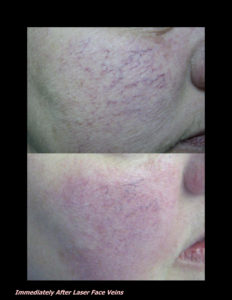
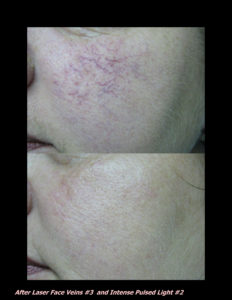
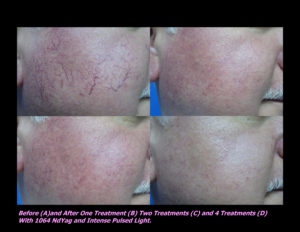
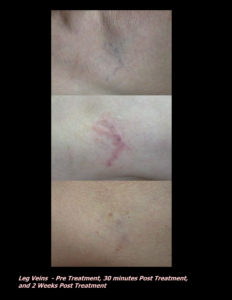
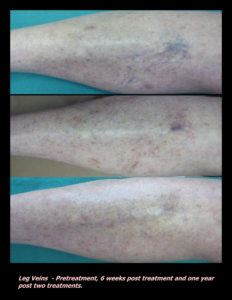
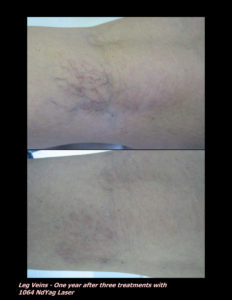
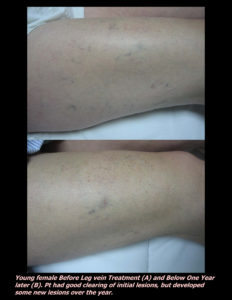
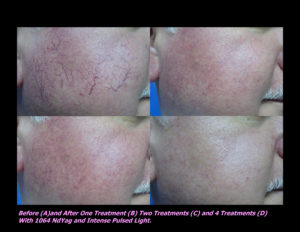
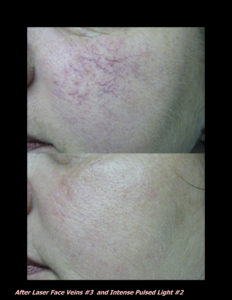
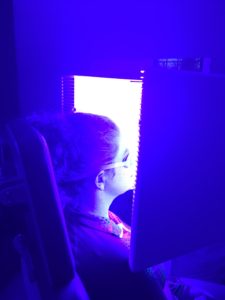
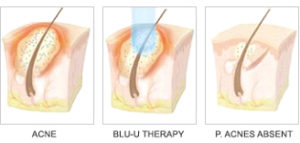
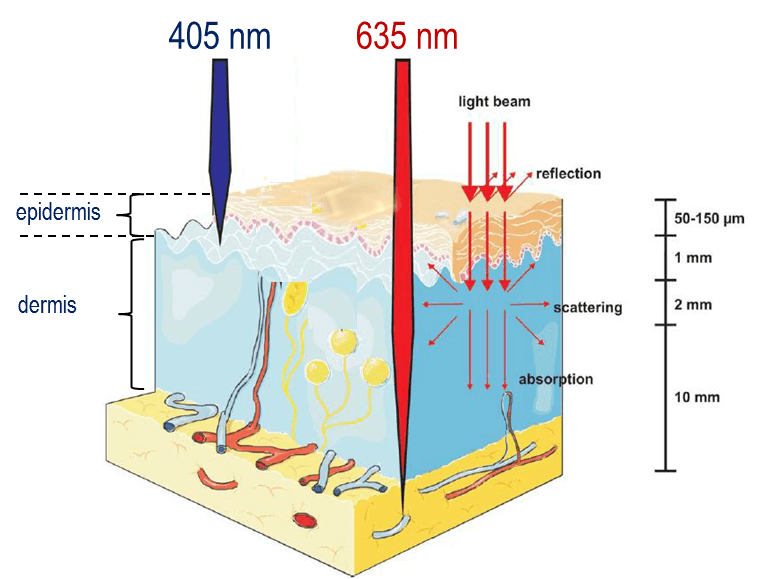
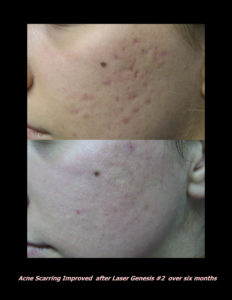
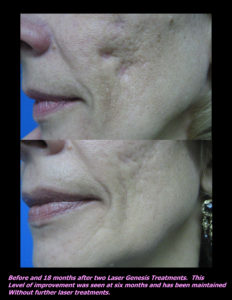


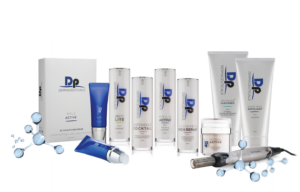 DP Dermaceutical Products
DP Dermaceutical Products



